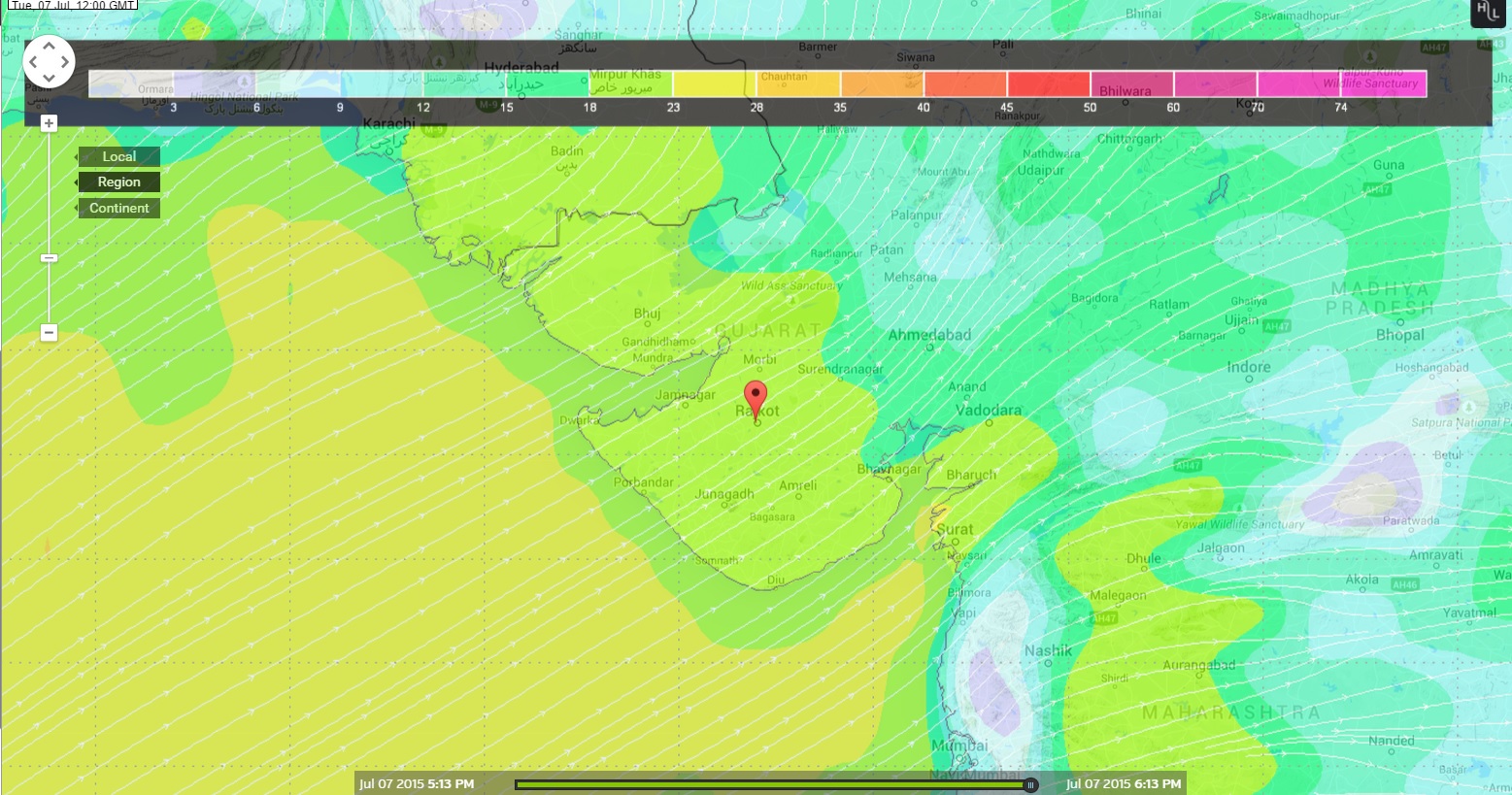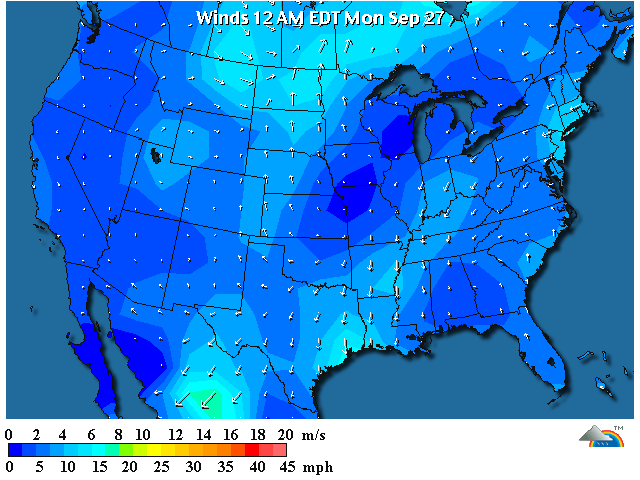


We are beginning to explore the possibility of augmenting CSD interaction through the addition of haptic feedback of flight and environment data to the user. Interaction with the CSD, however, depends on visual observation that can episodically deflect user attention from other resources such as the primary flight display or out-of-the-window views. Their underlying CSD software provides real-time graphical feedback of constraint violations such as insufficient separation from other aircraft, terrain and, more recently, weather. Colleagues at the Ames Research Center have demonstrated Cockpit Situation Display (CSD) technologies that enable crews en route to interactively input and visually evaluate alternate flight trajectories. Human supervision and intervention on the flight deck, however, neces- sitates the availability of high-quality information displays and interaction tools.

Though some foresee a fully-automated air traffic system assuming responsibility for monitoring and control of the national airspace, as in many other highly specialized technical areas (e.g., medicine), human information integration and decision-making capabilities will likely continue to be offer advantages. Fundamental to Next Generation concepts is the deployment of planning tools that incorporate not only trajectory information from multiple aircraft, but also enhanced weather models. The Next Generation Air Traffic System for the US as cur- rently envisioned will accommodate this growth in traffic through the redistribution of air traffic management functions from the current ground-based control architecture to a more extensive network in which enhanced computational, planning, and moni- toring functions will also be shared with aircraft. K EYWORDS : Haptic Interaction, Weather Display, Air Traffic Management I NDEX T ERMS : H.1.2 User/Machine Systems: Human Factors H.5.2 User Interfaces: Haptic I/O US air traffic volume is expected to more than double by the year 2025. At present, we are exploring haptic metaphors representing wind, precipitation, and turbulence, factors relevant to aircraft flight trajectory planning. This weather display enables users to feel the weather at the geographic locality indicated by the position of the interface cursor.

overview a new approach for displaying meteorological information in which weather features extracted from weather maps are rendered haptically.


 0 kommentar(er)
0 kommentar(er)
